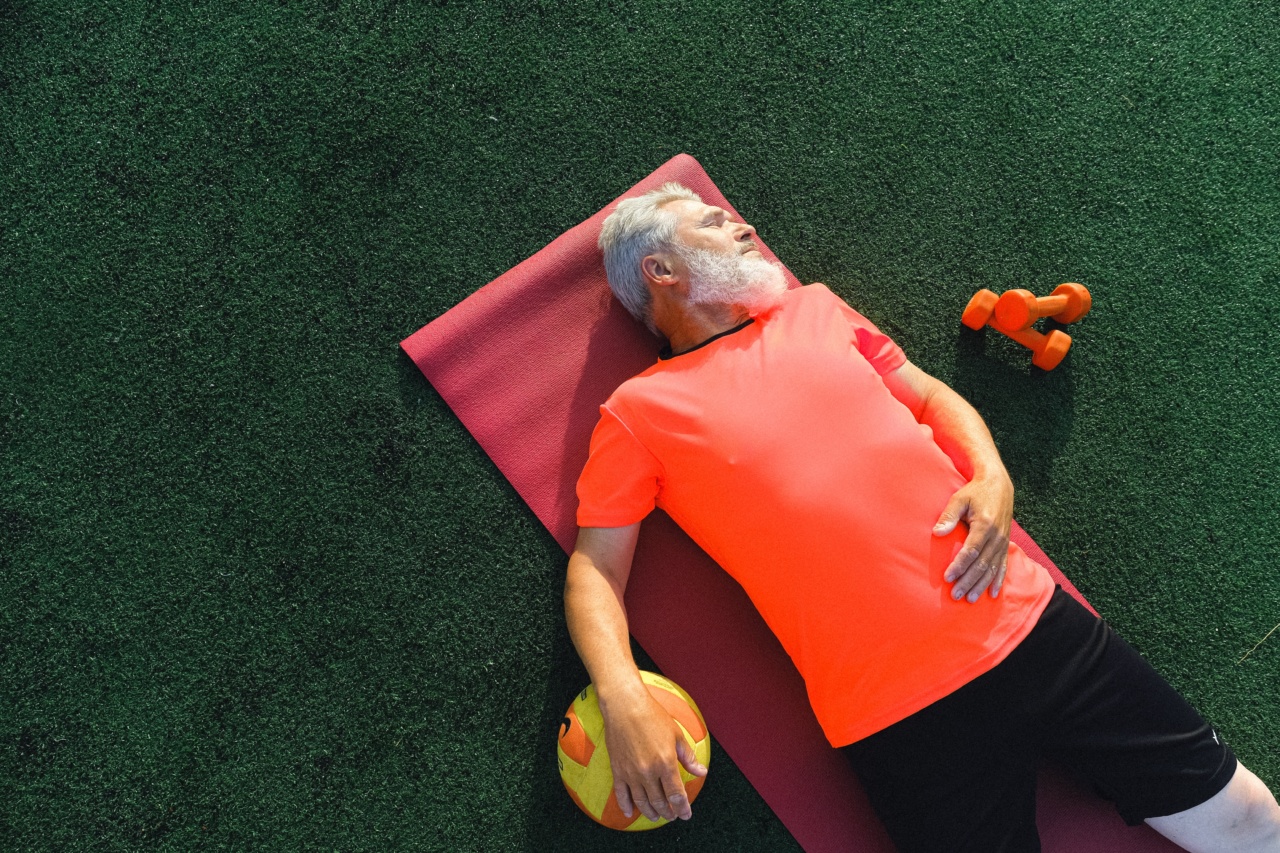Cancer-related fatigue is a common side effect experienced by individuals undergoing cancer treatment. It is characterized by an overwhelming sense of tiredness, lack of energy, and a decrease in the ability to perform daily activities.
This fatigue can significantly impact the quality of life and overall well-being of cancer patients.
The Importance of Managing Cancer-Related Fatigue
Managing cancer-related fatigue is crucial as it can help patients maintain their physical and emotional well-being throughout their treatment journey.
Physical activity has been shown to be an effective way to manage cancer-related fatigue and improve overall energy levels.
Benefits of Physical Activity for Cancer Patients
Engaging in regular physical activity offers numerous benefits for cancer patients. Some of these benefits include:.
- Increased energy levels
- Improved mood and emotional well-being
- Reduced anxiety and depression
- Enhanced physical strength and stamina
- Improved sleep quality
- Increased appetite
- Reduced treatment-related side effects
Types of Physical Activities for Managing Cancer-Related Fatigue
There are several types of physical activities that can be incorporated into a cancer patient’s routine to manage fatigue. These include:.
1. Walking
Walking is an excellent low-impact exercise that can be easily incorporated into a daily routine. It helps improve cardiovascular health, strengthen muscles, and boost overall energy levels.
2. Yoga
Yoga combines gentle stretching, deep breathing, and relaxation techniques. It helps reduce stress, fatigue, and promotes a sense of well-being.
3. Strength Training
Strength training exercises using resistance bands or light weights can help improve muscle strength and endurance. This, in turn, can increase energy levels and reduce fatigue.
4. Swimming
Swimming is a low-impact activity that provides a full-body workout. It is gentle on the joints and muscles, making it an ideal option for individuals experiencing cancer-related fatigue.
5. Cycling
Cycling is a great way to improve cardiovascular fitness and increase energy levels. It can be done outdoors or using a stationary bike at home or in a gym.
6. Tai Chi
Tai Chi is a gentle martial art that involves slow, flowing movements combined with deep breathing. It can help reduce fatigue and improve balance and flexibility.
7. Aerobic Exercises
Engaging in aerobic exercises such as jogging, dancing, or aerobic classes can help improve overall cardiovascular fitness, increase stamina, and reduce fatigue.
8. Pilates
Pilates focuses on strengthening the core muscles, improving flexibility, and enhancing body awareness. It can help reduce fatigue and improve overall physical functioning.
9. Water Aerobics
Water aerobics combines cardiovascular exercise with the resistance of water. It is a low-impact activity that can help improve energy levels and reduce fatigue.
10. Mind-Body Exercises
Mind-body exercises such as meditation, deep breathing exercises, and guided imagery can help reduce stress, improve sleep quality, and manage cancer-related fatigue.
Tips for Getting Started
When incorporating physical activity into a cancer patient’s routine, it is important to start slowly and gradually increase the intensity and duration of the activities. Here are some tips to get started:.
- Consult with the healthcare team before starting any exercise program.
- Choose activities that are enjoyable and can be easily incorporated into daily life.
- Listen to the body and rest when needed.
- Stay hydrated and fuel the body with nutritious foods.
- Consider exercising with a friend or joining a support group for motivation and accountability.
Conclusion
Managing cancer-related fatigue is crucial for improving the quality of life of cancer patients. Incorporating physical activity into a daily routine can help manage fatigue, improve energy levels, and enhance overall well-being.
It is important to consult with healthcare professionals before starting any exercise program and to listen to the body’s needs. With proper guidance and support, physical activity can be a valuable tool in managing cancer-related fatigue.






























